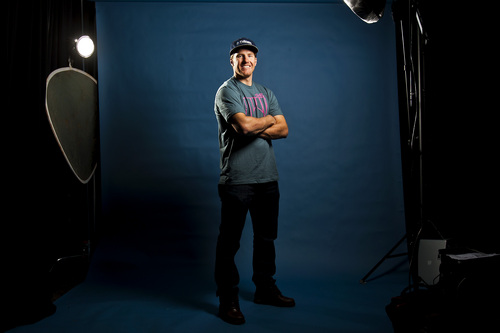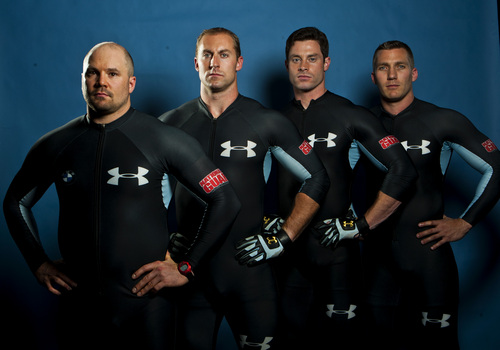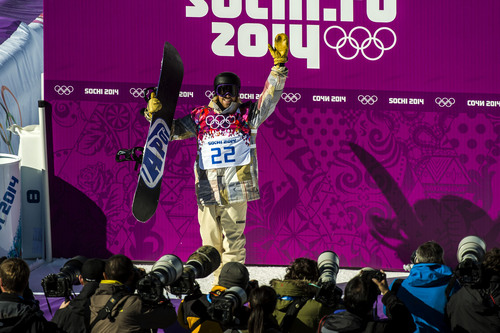This is an archived article that was published on sltrib.com in 2014, and information in the article may be outdated. It is provided only for personal research purposes and may not be reprinted.
Sochi, Russia
Park City keeps producing homegrown gold medalists. Injuries remain part of the fabric of the Winter Games. And the Russians are making it work, never mind the whispers about another judging scandal in figure skating.
After the opening weekend of the 2014 Olympics, the local, national and international themes are developing. Who knows what everyone will be talking about two weeks from now, but these are the developing threads:
• Park City's gold rush
Having successful Olympic athletes live and train in Park City is nice. For them to grow up in the former mining town and become gold medalists is even better. Park City is already assured of a remarkable three-Olympiad run, with the potential for more gold medals in these Games.
Ted Ligety started skiing at Park City Mountain Resort in a nursery school-style program that involved coloring as much as skiing, and he won gold in 2006. Steven Holcomb pursued elite-level skiing until discovering his bobsled potential in a push tryout as an 18-year-old, and he drove his four-man team to a victory in 2010. Sage Kotsenburg is not a native Utahn, but his family moved to Park City early in his childhood and his older brother — the wonderfully named Blaze — guided him into snowboarding, leading to Sage's slopestyle gold medal Saturday.
Ligety and Holcomb will launch their efforts for more medals this week.
• Crashes and falls
Sports staged on ice and snow have inherent risks, but the number of injuries early in these Games is inordinate. Sadly, several Olympians never made it to the starting gate. Park City resident Maggie Voisin, who recently turned 15, would have become the youngest U.S. Olympic contestant since 1972, but she injured her ankle during a freestyle skiing practice.
U.S. moguls skier Heidi Kloser managed to walk in the Opening Ceremony with crutches as a teammate pushed a wheelchair behind her, just in case. Kloser had severely injured her knee and broken her leg in a training crash the previous night. According to her father's Facebook page, during the ambulance ride to the hospital, she'd asked, "Am I still an Olympian?"
Of course, he said. But her pain will linger, as it will for athletes in bobsled, hockey and slopestyle snowboarding who either were sidelined just prior to the Games or injured in competition.
• Russia's recovery
When only four of the five snowflakes morphed into Olympic rings in the ceremony, the host country unwittingly provided a potential symbol of its staging efforts. But the Russians are overcoming whatever setbacks that failure represented.
Russia dominated the newly created figure skating team competition, with a vintage, crowd-stirring performance from 2006 gold medalist Evgeny Plushenko in the men's event. Some controversy arose, though, when the French sports magazine L'Equipe reported a Russian coach's suggestion of a judges' agreement that would help Russia in the team event and assist a U.S. pair in ice dancing. The U.S. Figure Skating Association dismissed the claim as "categorically false."
That's a touchy subject, after the judging scandal in Salt Lake City in 2002. It shouldn't cloud what's shaping up as intriguing competition, thanks partly to the emergence of U.S. skater Gracie Gold.
And the Russian women's hockey team, while facing considerably less pressure than the men's club, scored four goals in the first 12:15 of the third period Sunday to beat Germany 4-1.
Venues have been vibrant, with 92 percent of tickets sold for Saturday's events. Sustaining that level of interest on weekdays will be difficult and some security holdups have caused spectators to arrive late. But overall, Russia is getting it right.
The remaining 14 days could be fun, if everybody can just stay healthy.
Twitter: @tribkurt







